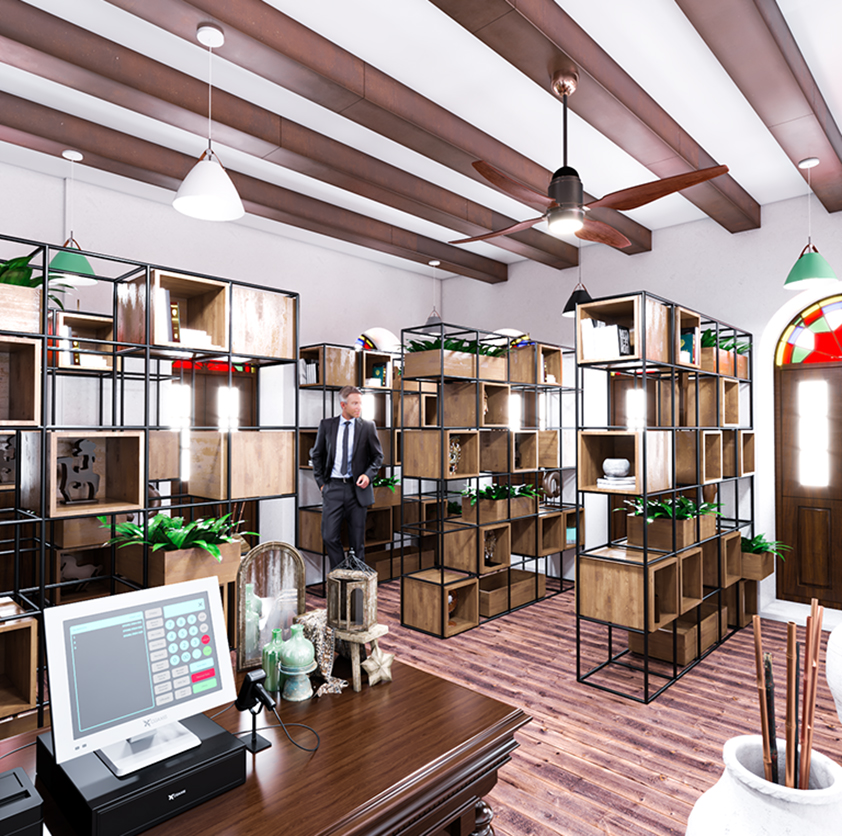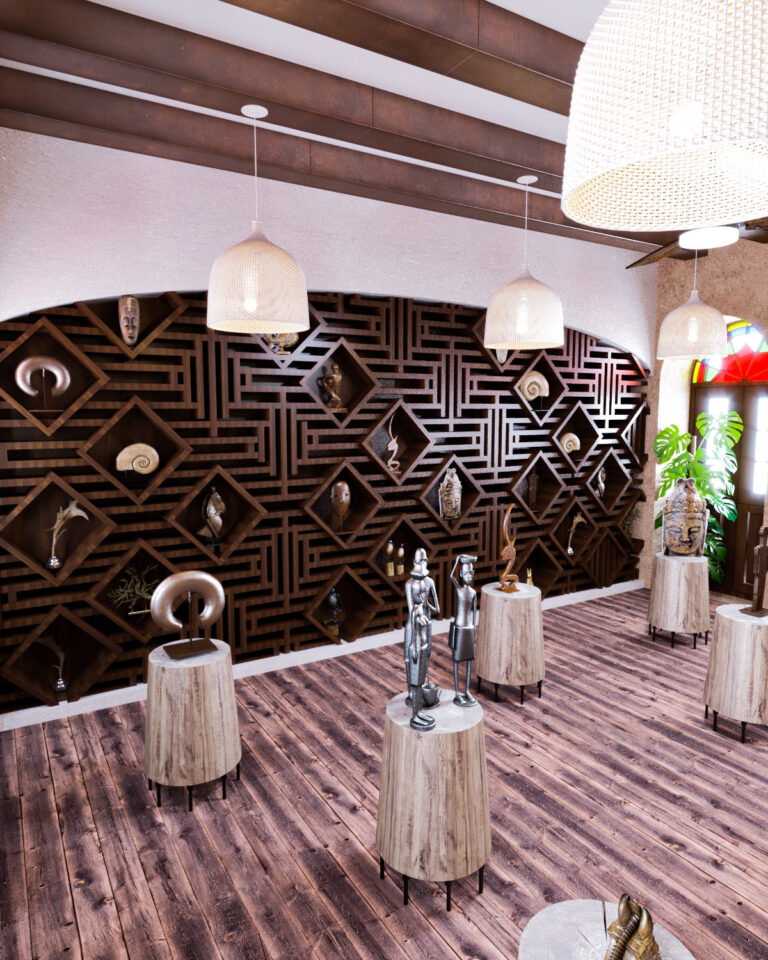
Utilizing a variety of materials is a key principle in interior design that adds depth, appeal, and character to a space. A well-balanced combination of different materials can create harmony and enhance the overall visual impact of the environment. Below, we explore the importance and best practices for incorporating diverse materials in interior design.
1. Creating Balance Between Different Materials
- Combining natural and synthetic materials, such as wood and metal, can create an attractive and modern aesthetic.
- Using matte and glossy materials together (e.g., glass and natural stone) adds depth and dimension to the interior design.
2. Commonly Used Materials in Interior Design
- Wood: Brings warmth and a natural feel, suitable for both classic and modern spaces.
- Metal: Ideal for industrial and modern styles, adding durability and a sleek look.
- Glass: Enhances natural light, creates an open feel, and is used in walls, partitions, and furniture.
- Natural Stone: Used for flooring, walls, and kitchen countertops, offering a luxurious and durable appearance.
- Concrete: A strong material commonly used in industrial and modern styles for walls and floors.
- Fabric and Leather: Adds comfort and a luxurious touch, often found in furniture, curtains, and wall coverings.
3. How to Combine Materials for a Harmonious Look
- In small spaces, reflective materials such as glass and metal make the area appear larger.
- In classic interiors, combining wood, marble, and velvet fabrics creates a regal and elegant ambiance.
- In minimalist designs, a mix of concrete, plain wood, and glass enhances simplicity and functionality.
4. Using Materials to Highlight Focal Points
- A unique material, such as an exposed brick or wooden accent wall, can reinforce the focal point of a space.
- Different flooring materials in various sections of a home, such as a mix of wood and ceramic, help define spaces visually.
Conclusion
A smart selection and combination of various materials in interior design significantly influence aesthetics, functionality, and spatial perception. By effectively integrating diverse materials, one can create a visually appealing, harmonious, and well-balanced interior suited to any desired style.


No comments yet.